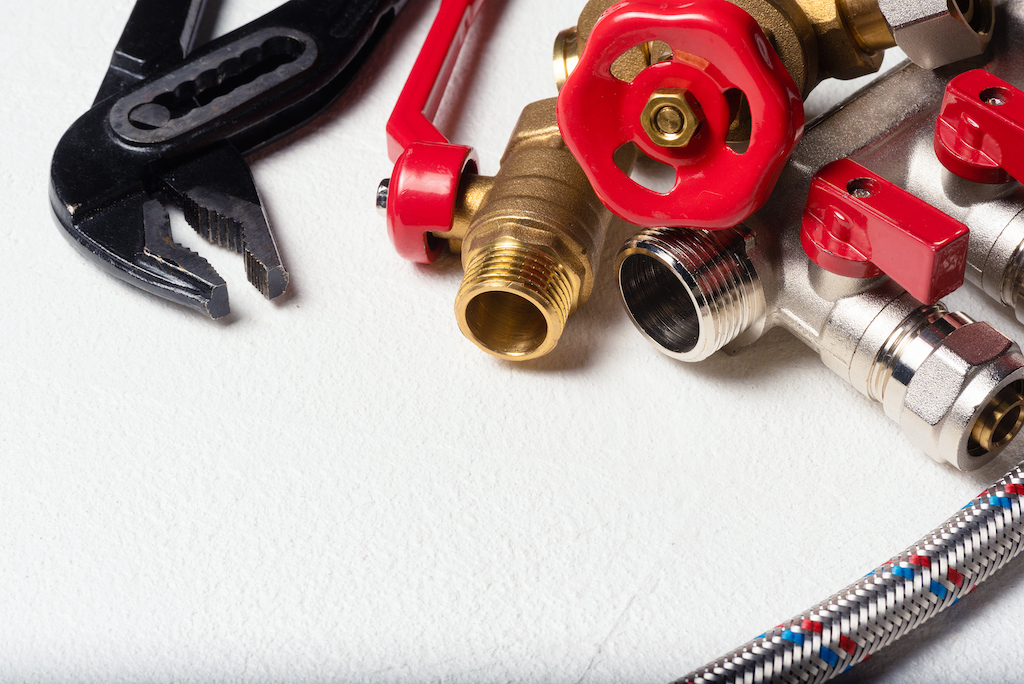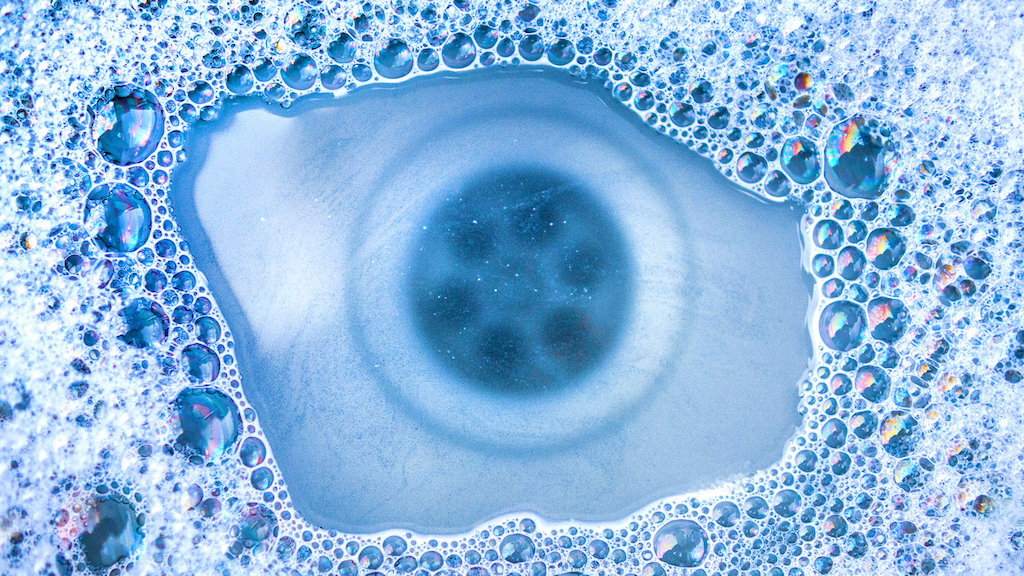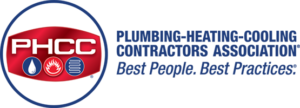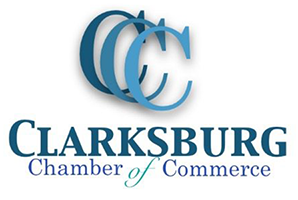When it comes to sewer and water line repairs, traditional methods often involve significant digging and disruption. However, thanks to advancements in technology, the plumbing industry has witnessed a remarkable transformation. One of the most groundbreaking innovations is the Cured-in-Place Pipe (CIPP) technique. In this blog, we’ll explore what CIPP is, how it works, its benefits, and why it’s changing the plumbing game.
What is Cured-in-Place Pipe (CIPP)?
Cured-in-Place Pipe (CIPP) is a trenchless technology used for rehabilitating damaged or deteriorating sewer and water pipes. This innovative technique eliminates the need for extensive excavation, making it a cleaner, faster, and more cost-effective solution for repairing pipes.
How Does CIPP Work?
- Inspection: The process begins with a thorough inspection of the damaged pipe. This typically involves a camera inspection to assess the extent of the damage and identify any blockages or obstructions.
- Cleaning: Before the CIPP installation, the pipe is cleaned to remove debris, scale, and any obstructions. This ensures a smooth surface for the CIPP liner.
- CIPP Liner Installation: A flexible, resin-saturated liner made of materials like fiberglass or felt is inserted into the damaged pipe. The liner is impregnated with a special epoxy resin that hardens when exposed to heat or UV light.
- Inflation and Curing: Once the liner is in place, it is inflated using air or water to press it against the inner walls of the existing pipe. This allows the epoxy resin to bond with the host pipe. The curing process, often using hot water or UV light, solidifies the liner and creates a new, structurally sound pipe within the old one.
- Final Inspection: After the curing process is complete, a final inspection is conducted to ensure the new CIPP lining is seamless and free of defects. The rehabilitated pipe is now ready for use.
Benefits of Cured-in-Place Pipe (CIPP):
- Trenchless Technology: Minimal digging means reduced disruption to landscapes, roads, and structures.
- Cost-Effective: CIPP can be more affordable than traditional pipe replacement due to reduced labor and restoration costs.
- Durability: CIPP liners are designed to last for decades, providing a long-term solution to pipe problems.
- Faster Repairs: CIPP projects are typically completed much faster than traditional pipe replacement, minimizing inconvenience.
- Environmentally Friendly: Reduced excavation means a smaller carbon footprint and less disruption to ecosystems.
- Versatility: CIPP can be used on various pipe materials and sizes, making it a versatile solution for different plumbing systems.
- Improved Flow: CIPP creates a smooth, seamless interior surface that enhances water flow and reduces the risk of clogs.
Conclusion
Cured-in-Place Pipe (CIPP) technology is revolutionizing the plumbing industry by offering a cleaner, more cost-effective, and efficient way to repair damaged sewer and water pipes. With its many benefits, CIPP is becoming the go-to choice for both residential and commercial pipe rehabilitation projects. As the world of plumbing continues to evolve, CIPP stands as a shining example of how innovation can make our lives easier while preserving our infrastructure and the environment.









